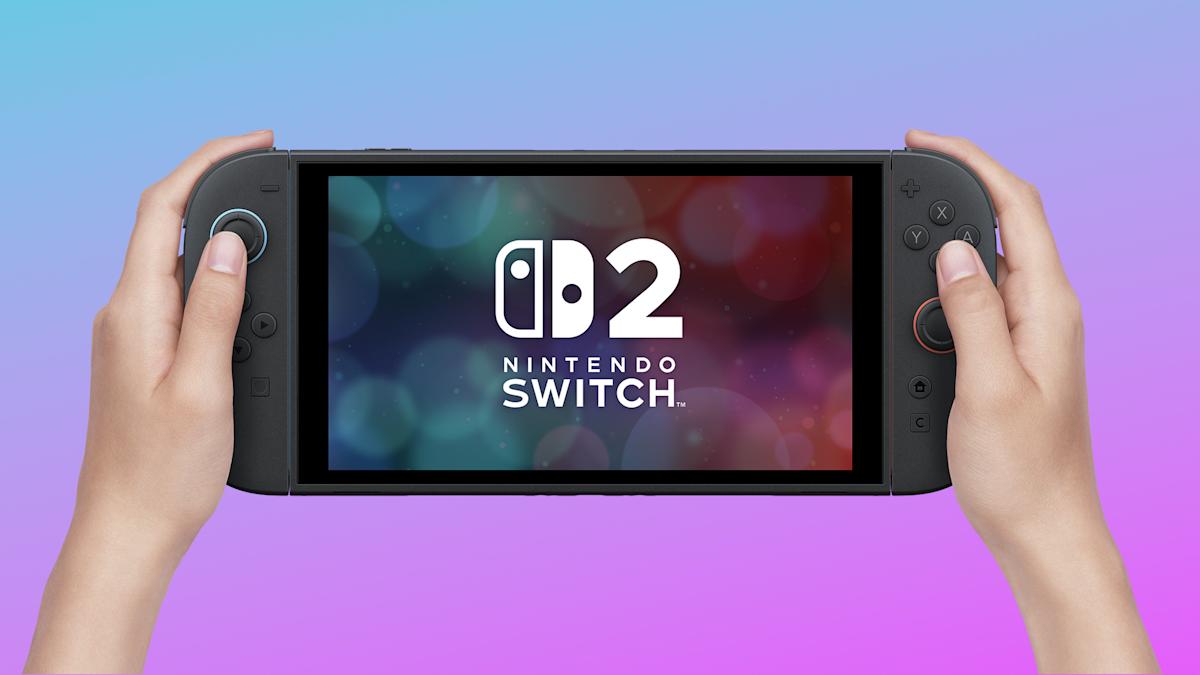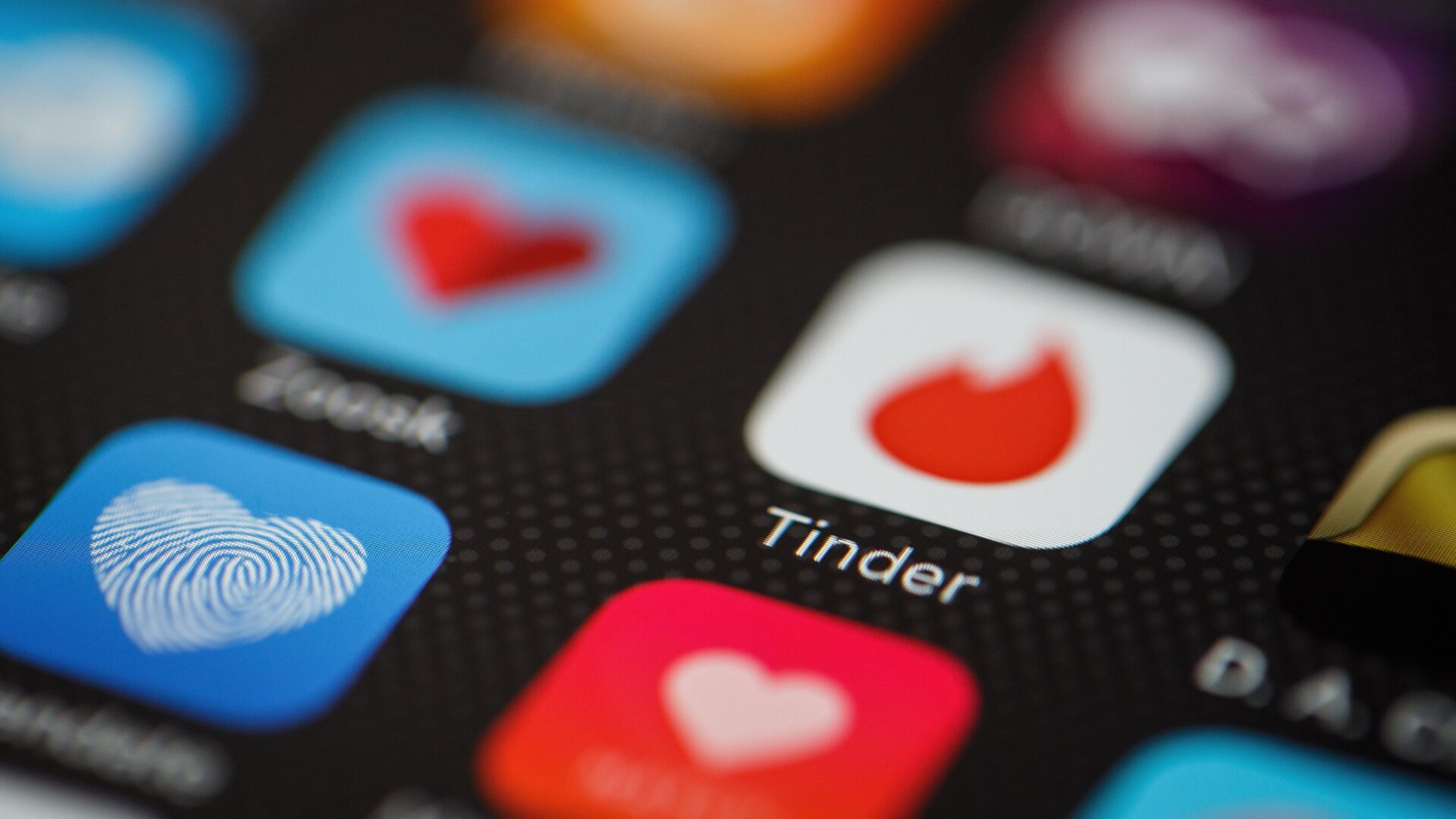Now that the Nintendo Switch 2 Direct showcase has concluded, we have gained a deeper understanding of the console, including its release date, which is set for June 5, and its price, which is $450. Additionally, we are closely monitoring the impact of the newly announced tariffs in the United States on Nintendo’s launch plans. Pre-orders for the console in the US and Canada commenced on April 24, and the Switch 2 is now sold out at online retailers.
Thanks to Nintendo’s January 16 teaser trailer, we have been aware of the Switch 2’s design and its scheduled release in 2025 — over eight years after its predecessor. The Nintendo Switch 2 bears a strong resemblance to the original system, with a larger display, magnetic Joy-Cons, and a sleeker design. The upcoming console will be backwards compatible with Switch games.
If you’re looking to catch up on everything we know about the Switch 2, check out our final preview of the console before it arrives on Thursday and read on for everything else.
What are the key new features of the Nintendo Switch 2?
Display and dock
The Nintendo Switch 2 features a 1080p 7.9-inch display with a 120Hz refresh and HDR compatibility. It also supports up to 4K output at 120Hz (with variable refresh rates) when docked.
Joy-Con and Pro Controller
The new Joy-Con 2 for Nintendo Switch 2 attaches magnetically with a button to release them. They have larger SL and SR buttons (the ones hidden when the Joy-Con are attached) to make playing multiplayer games on individual Joy-Cons more feasible. These buttons are also made of steel and attach to the Switch 2’s magnets.
The analog sticks are no longer tiny nubs, and are closer in size to the ones you might find on a PS5 or Xbox controller. However, they do not have Hall effect sensors, the use of which can minimize the risk of the “stick drift” issue that plagued the original Joy-Cons.
The Joy-Con 2 have what Nintendo is calling “HD Rumble 2” built in, which seems to be a refinement of the original (and still very good) vibration function. Finally, each Joy-Con 2 has an optical sensor that allows you to use it as a mouse, and a C button, which we’ll get to in a minute.
The new Pro Controller for the Nintendo Switch 2 comes with everything you’d expect based on the refreshed Joy-Con 2: Namely HD Rumble 2 and the C button. There are also remappable GL/GR buttons around the back and a standard audio jack for connecting a headset.
Both options come with Amiibo support built in. The Switch 2 comes with two Joy-Con 2, as you’d expect, and additional pairs are priced at $95. The Pro Controller will cost $85.
The C button stands for “chat”
The new C button is a dedicated way to enter a chat session with friends. As well as the standard features you’d expect from voice chat, Nintendo has built a Discord-like video-sharing feature, which lets you show your gameplay to others and see other people’s screens while you’re playing.
The GameChat function works with a mic built into the console, though headsets are also supported. Nintendo will also sell a $55 camera that plugs into the USB-C port on the top of the console, which will allow you to stream your face along with your game.
GameCube support
The Switch 2 will work with GameCube games via the Nintendo Switch Online Expansion Pack. The three titles available at launch will be F-Zero GX, The Legend of Zelda: The Wind Waker and Soul Calibur II.
Improved specs
Perhaps the biggest feature, though, is one you can’t see: The Switch 2 has an all-new processor and GPU and significantly more storage (256GB vs 64GB in the Switch OLED), along with support for faster and more capacious microSD cards. This will obviously lead to better first-party games and upgraded Switch experiences, but more importantly it will mean multi-platform games that had to skip the original, underpowered Switch will be able to be ported over. With games like Cyberpunk 2077 coming to the Switch 2 at launch, it seems like far more ports will be feasible than on the original console.
Digital Foundry has been able to confirm a bunch of the details of the Switch 2’s specs that Nintendo hasn’t explained publicly, but the highlights are the consoles custom chip and faster storage. The Switch 2 uses a NVIDIA chip with eight ARM Cortex A78C cores, six of which are available to developers, and a GPU with the company’s Ampere architecture. That’s alongside 12GB of LPDDRX RAM and a custom FDE (file decompression engine) that decompresses game files without drawing power from the Switch 2’s CPU.
Another major improvement comes in the form of networking — the Switch 2 supports Wi-Fi 6, which will improve the original’s often glacial download speeds. Similarly, the new dock sports an Ethernet port for a rock-solid connection.
Virtual game cards
Virtual Game Cards are Nintendo’s way of making digital games replicate the experience of physical copies. They let you lend digital games to friends and family, letting them enjoy the game on their system without buying a separate copy.
Of course, there are caveats. Much like a physical cartridge, only one system can play each Virtual Game Card at a time. You can only loan games to up to eight people, and each will need to be on the same Nintendo Family Account and local network. Finally, you can only share one game at a time, and the lending period lasts only two weeks. Although that’s a healthy list of limitations, the feature is still more than other consoles have offered — and, if we’re lucky, it will be something Sony and Microsoft are pressured to adopt.
Perhaps best of all, the feature isn’t exclusive to the Switch 2. It’s already available for the first Switch.
Game-Key cards
Game-Key cards are physical Switch 2 games that only contain a portion of their game data. The first time you slot one in, your Switch 2 will download the rest of the game to your local storage and the Game-Key card becomes the “key” you need to use anytime you want to play it.
Nintendo says you’ll have to have an internet connection the first time you boot up the game, but afterwards the card itself should be enough to let you play. You’ll also be able to resell your Game-Key card in the same way you would a normal cartridge or disc.
This fusion of digital and physical has become fairly common on other consoles as the size of games has grown larger, but it’s relatively novel for Nintendo. Since the Switch 2 is going to be running more demanding, high-fidelity games, though, it’s a compromise that lets people still enjoy the common-sense benefits of physical game cards.
What’s it like to play?
Nintendo gave the press a chance
Source Link





